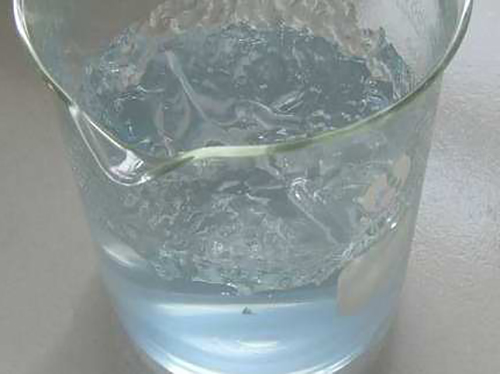polyaluminium chloride water treatment
Polyaluminium Chloride in Water Treatment An Overview
Polyaluminium chloride (PAC) is a widely used coagulant in water treatment processes. This compound, a polymeric form of aluminum chloride, has gained popularity due to its effectiveness in removing impurities from water. As urban areas grow and populations increase, the demand for clean and safe drinking water has become paramount. PAC plays a critical role in ensuring that water treatment plants can meet these demands efficiently.
One of the primary advantages of using PAC is its ability to form larger flocs compared to traditional coagulants like aluminum sulfate. These larger flocs settle more quickly, enhancing the separation of solid particles from water during the sedimentation process. This rapid settling significantly reduces the required residence time in clarifiers and minimizes the overall footprint of water treatment plants.
PAC functions effectively across a broad pH range, making it suitable for various water qualities. It can effectively treat both surface water and groundwater, adapting well to differing turbidity levels and organic loads. The use of PAC can result in lower residual aluminum concentrations in treated water, addressing public health concerns related to aluminum exposure.
polyaluminium chloride water treatment

In addition to its coagulation properties, PAC can improve other water quality parameters. For instance, it helps in the removal of color, odor, and certain hazardous contaminants, including heavy metals and microorganisms. This multi-faceted capability makes PAC an attractive option for municipalities and industries looking to enhance their water treatment processes.
The operational costs associated with PAC are generally competitive with traditional coagulants, and the overall savings in terms of reduced sludge production and lower chemical dosing requirements can make it a cost-effective choice in the long run. With PAC, water treatment facilities can potentially optimize their chemical usage and operational efficiency, resulting in significant economic benefits.
Moreover, the environmental impact of PAC is relatively mild compared to other coagulants, as it produces less chemical waste and results in lower energy consumption during treatment processes. However, it is crucial for water treatment operators to monitor dosage carefully and ensure compliance with regulatory standards to maintain water quality.
In conclusion, polyaluminium chloride stands out as a vital component in modern water treatment systems. Its effectiveness, cost-efficiency, and environmental benefits make it a preferred choice for municipalities striving to provide safe and clean drinking water. As technology and research continue to evolve, PAC's role in water treatment will likely expand, further contributing to the global effort to enhance water quality and availability.
-
lk-319-special-scale-and-corrosion-inhibitor-for-steel-plants-advanced-solutions-for-industrial-water-systemsNewsAug.22,2025
-
flocculant-water-treatment-essential-chemical-solutions-for-purification-processesNewsAug.22,2025
-
isothiazolinones-versatile-microbial-control-agents-for-industrial-and-consumer-applicationsNewsAug.22,2025
-
scale-inhibitor-key-solutions-for-water-system-scale-preventionNewsAug.22,2025
-
organophosphonates-versatile-scale-inhibitors-for-industrial-water-systemsNewsAug.22,2025
-
scale-and-corrosion-inhibitor-essential-chemical-solutions-for-water-system-maintenanceNewsAug.22,2025





